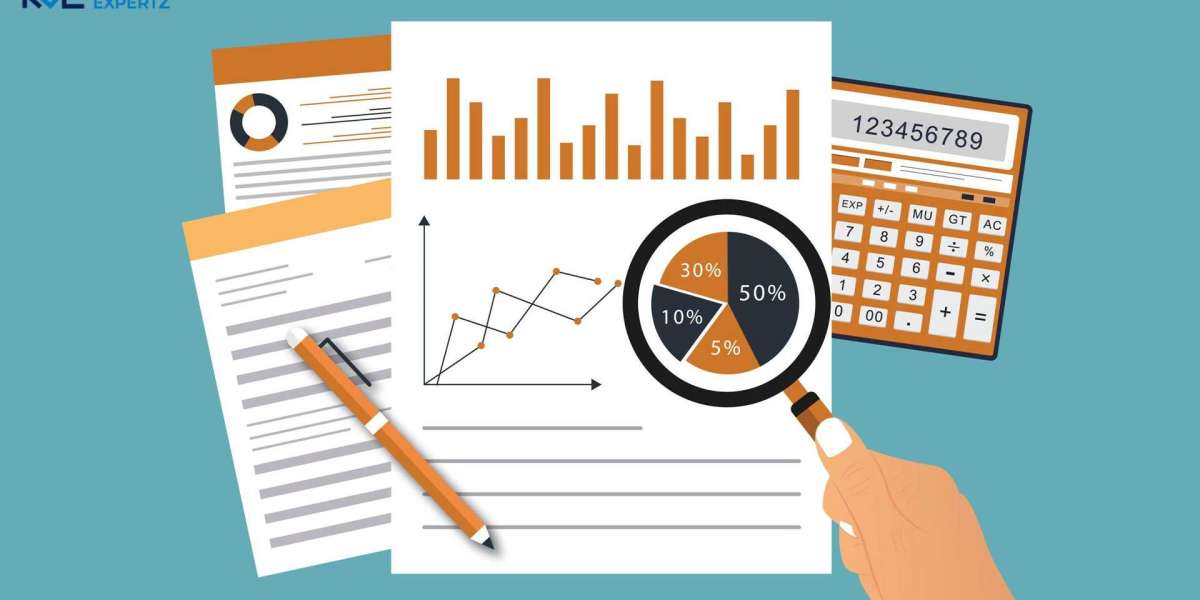Warping is a common issue in 3D printing that can significantly affect the quality of your prints. Understanding the causes and solutions for warping is essential for achieving high-quality results. In this article, we will explore the top 5 effective fixes for warping in 3D printing, providing you with detailed insights and practical tips.
1. Optimize Bed Adhesion
One of the primary reasons for warping is poor bed adhesion. Ensuring that your print adheres well to the bed can prevent the edges from lifting and warping. How can you improve bed adhesion?
- Use a heated bed to maintain a consistent temperature.
- Apply adhesive materials like glue stick or painter's tape.
- Adjust the bed leveling to ensure it is perfectly flat.
By optimizing bed adhesion, you can significantly reduce the chances of warping in your 3D prints.
2. Control Print Temperature
Temperature plays a crucial role in the 3D printing process. If the print temperature is too high or too low, it can cause warping. What can you do to control the print temperature effectively?
- Maintain a consistent ambient temperature in the printing environment.
- Use an enclosure to minimize temperature fluctuations.
- Adjust the nozzle temperature according to the filament manufacturer's recommendations.
Controlling the print temperature can help in achieving better print quality and reducing warping.
3. Use the Right Filament
Different filaments have varying properties, and some are more prone to warping than others. Choosing the right filament for your project is essential. For instance, PLA is less likely to warp compared to ABS. How do you select the right filament?
- Consider the material's thermal properties.
- Check the manufacturer's guidelines for optimal printing conditions.
- Experiment with different filaments to find the best fit for your needs.
Using the right filament can make a significant difference in preventing warping.
4. Adjust Print Speed
Print speed can also impact the likelihood of warping. Printing too fast can cause the material to cool unevenly, leading to warping. What adjustments can you make to the print speed?
- Reduce the print speed to allow for more even cooling.
- Use a slower first layer speed to improve bed adhesion.
- Experiment with different speeds to find the optimal setting.
Adjusting the print speed can help in achieving more stable and warp-free prints.
5. Implement Brims and Rafts
Brims and rafts are additional structures that can be added to your print to improve bed adhesion and reduce warping. How do they work?
- Brims: A brim is a series of lines printed around the base of your model, increasing the surface area and improving adhesion.
- Rafts: A raft is a flat base printed underneath your model, providing a stable foundation and reducing warping.
Implementing brims and rafts can be an effective strategy for preventing warping, especially for larger prints.
“Warping is a common issue in 3D printing, but with the right techniques and adjustments, it can be effectively managed.”
Conclusion
Warping can be a frustrating issue in 3D printing, but by optimizing bed adhesion, controlling print temperature, using the right filament, adjusting print speed, and implementing brims and rafts, you can achieve high-quality, warp-free prints. These 3d-print-warping-fixes are essential for any 3D printing enthusiast looking to improve their print quality.
Related Products
Check out these products to help with your 3D printing needs:
Related Video
Watch this video for more tips on preventing warping in 3D printing:


